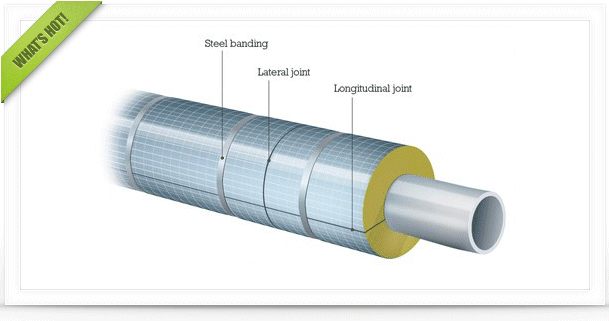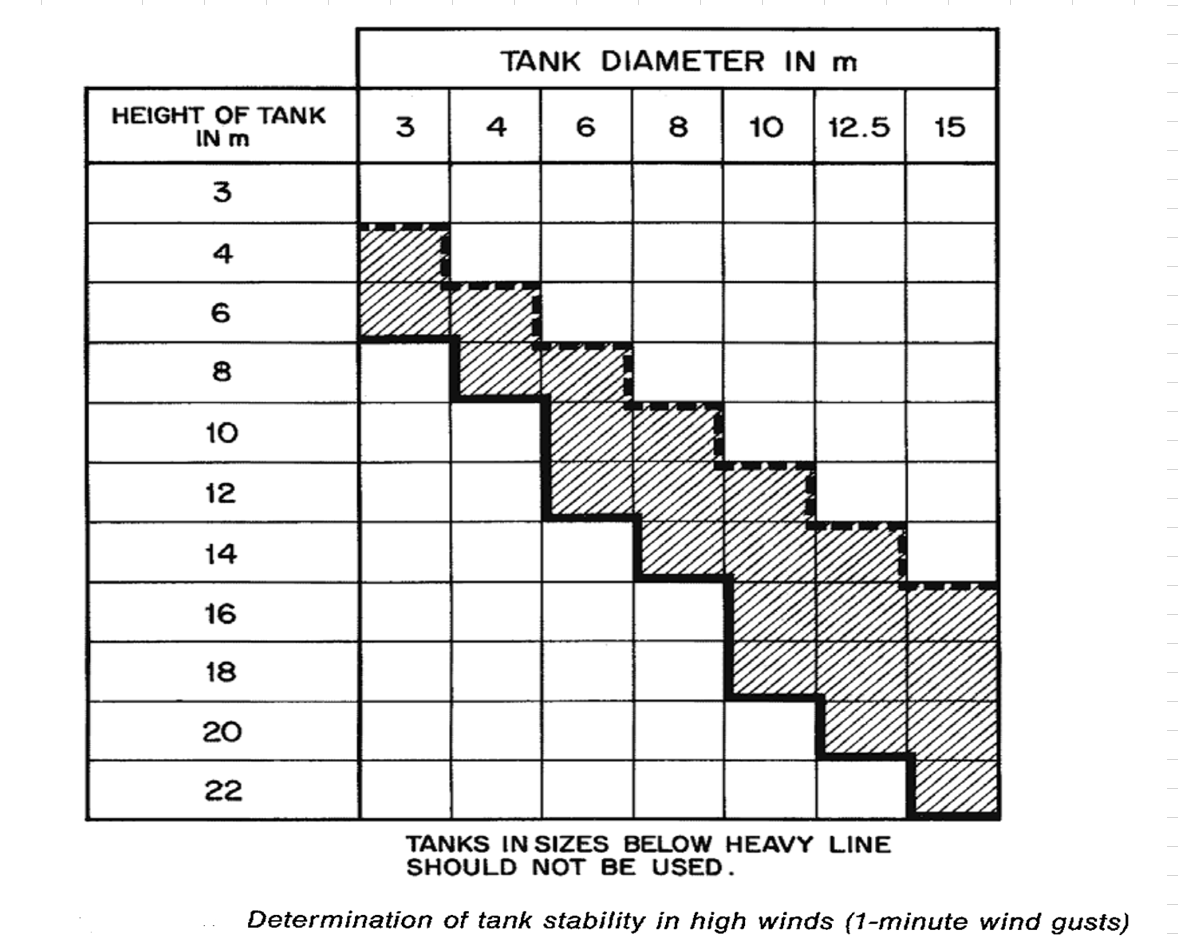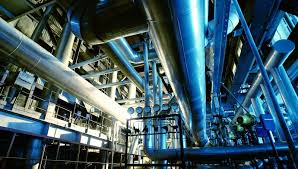Hello
I'm designing an Air Separation Unit to separate Oxygen from air for a project and from what I've found the ASU that uses cryogenic air separation typically has two columns of different pressure. However, I can't find any literature on why this is so. From what I know, the relative volatility of oxygen is higher at lower pressures. Since this is so, why can't we just use one single column at a low pressure for the separation instead of two? I understand that, to separate Argon, the high pressure column is required because Argon and Oxygen have similar boiling points. Since I don't need to take Argon out, would one column be more efficient? Thanks!
|
|
High And Low Pressure Column In Asu
Started by whoooosh, Feb 01 2011 10:30 PM
4 replies to this topic
Share this topic:
#1

Posted 01 February 2011 - 10:30 PM
#2

Posted 02 February 2011 - 12:42 AM
Can I spend a weekend in Las Vegas for about 120 USD? Probably I could. It isn't going to be that much funny than if I have 10,000 USD with me, but no one can tell me how good or bad it will be if I don't say what my expectations are.
To come to the point - how can you expect to receive a meaningful, accurate, and comprehensive reply on your query by making such a general question? What is the process configuration, and basic parameters around the unit? How many products you suppose to have from the ASU? What are the product(s) quality specifications? Do you already have products that satisfy your separation/purity criteria, flowing from a single column, or you are making a wild guess whether it can be done in a single column, or not? How does the PFD look like?
Can you design your unit with a single column? Maybe you could. Maybe you cannot.
To come to the point - how can you expect to receive a meaningful, accurate, and comprehensive reply on your query by making such a general question? What is the process configuration, and basic parameters around the unit? How many products you suppose to have from the ASU? What are the product(s) quality specifications? Do you already have products that satisfy your separation/purity criteria, flowing from a single column, or you are making a wild guess whether it can be done in a single column, or not? How does the PFD look like?
Can you design your unit with a single column? Maybe you could. Maybe you cannot.
#3

Posted 02 February 2011 - 08:41 AM
Dear,
Once you are thru with Zauberberg's comments and finalize the objective and basis of the design, just Google with the keywords "Air Separation Unit", I am sure you will find plenty of material available online to clear your doubts.
@ Zauberberg
nicely explained.
Once you are thru with Zauberberg's comments and finalize the objective and basis of the design, just Google with the keywords "Air Separation Unit", I am sure you will find plenty of material available online to clear your doubts.
@ Zauberberg
nicely explained.
#4

Posted 12 February 2011 - 05:35 AM
I'm designing the ASU for an IGCC plant. My plant requirements are 900 tonnes of Oxygen per day at 95% purity.
What I'm asking is why HP/LP columns are used in general for ASUs. I did google the term 'Air Separation Unit' and other related terms, too, but couldn't find any explanation of why ASUs typically have two columns instead of one, which is why I'm asking the question here.
What I'm asking is why HP/LP columns are used in general for ASUs. I did google the term 'Air Separation Unit' and other related terms, too, but couldn't find any explanation of why ASUs typically have two columns instead of one, which is why I'm asking the question here.
#5

Posted 12 February 2011 - 10:03 AM
Whoooosh:
You say:
- “I'm designing an Air Separation Unit to separate Oxygen from air”
- “why can't we just use one single column at a low pressure for the separation instead of two?”
- “would one column be more efficient?”
- You certainly can use a single column to do a basic air separation and produce oxygen as pure as 99.5% (mol).
- The single rectification column would NOT be more “efficient”. (here you fail to specifically state what you mean by “efficient”. Since you don’t identify what kind of efficiency you mean, you can’t expect any further explanation)
As Zauberberg has specifically pointed out and Padmakar has inferred, you haven’t only lacked in being specific, but you haven’t done all the research you can do on the subject. If you had done it, you would know the answers. The Internet isn’t the ONLY source of engineering information. It is one of many available to you. If you resort to a conventional engineering library and similar sources, you will find:
- Bliss and Dodge, “Oxygen Manufacture – Thermodynamci Analyses of Processes Depending on Low Temperature Distillation of Air, Chem. Engineering Progress, 45 (51), 129 (1949)
- Ruheman, “The Separation of Gases”, Oxford University Press, NY, 1945.
- R. Norris Shreve, “The Chemical Process Industries”, 2nd Edition, McGraw-Hill Book Co., 1956
I hope I have succeeded in showing you the “light” at the end of the tunnel. You have to ask specific, detailed, and correct questions to generate the same quality of answers. You also are expected to do your homework prior to asking the questions. It’s all about hard work.
Attached Files
Similar Topics
How To Determine The Pressure At A Mixing Node For Two Streams With DiStarted by Guest_samin_chemeng_* , 02 Oct 2025 |
|

|
||
Hysys Depressuring Utility Pressure QuestionStarted by Guest_cammycheme_* , 15 Aug 2025 |
|

|
||
Teg Dehydration Stripping ColumnStarted by Guest_SidRah_* , 08 Sep 2025 |
|

|
||
Hybrid Packed And Tray ColumnStarted by Guest_Zulfise_* , 04 Aug 2025 |
|

|
||
Packaging And Gas Velocity In Packed ColumnStarted by Guest_ChemEng_CristianoB_* , 25 Jun 2025 |
|

|

 FB
FB









